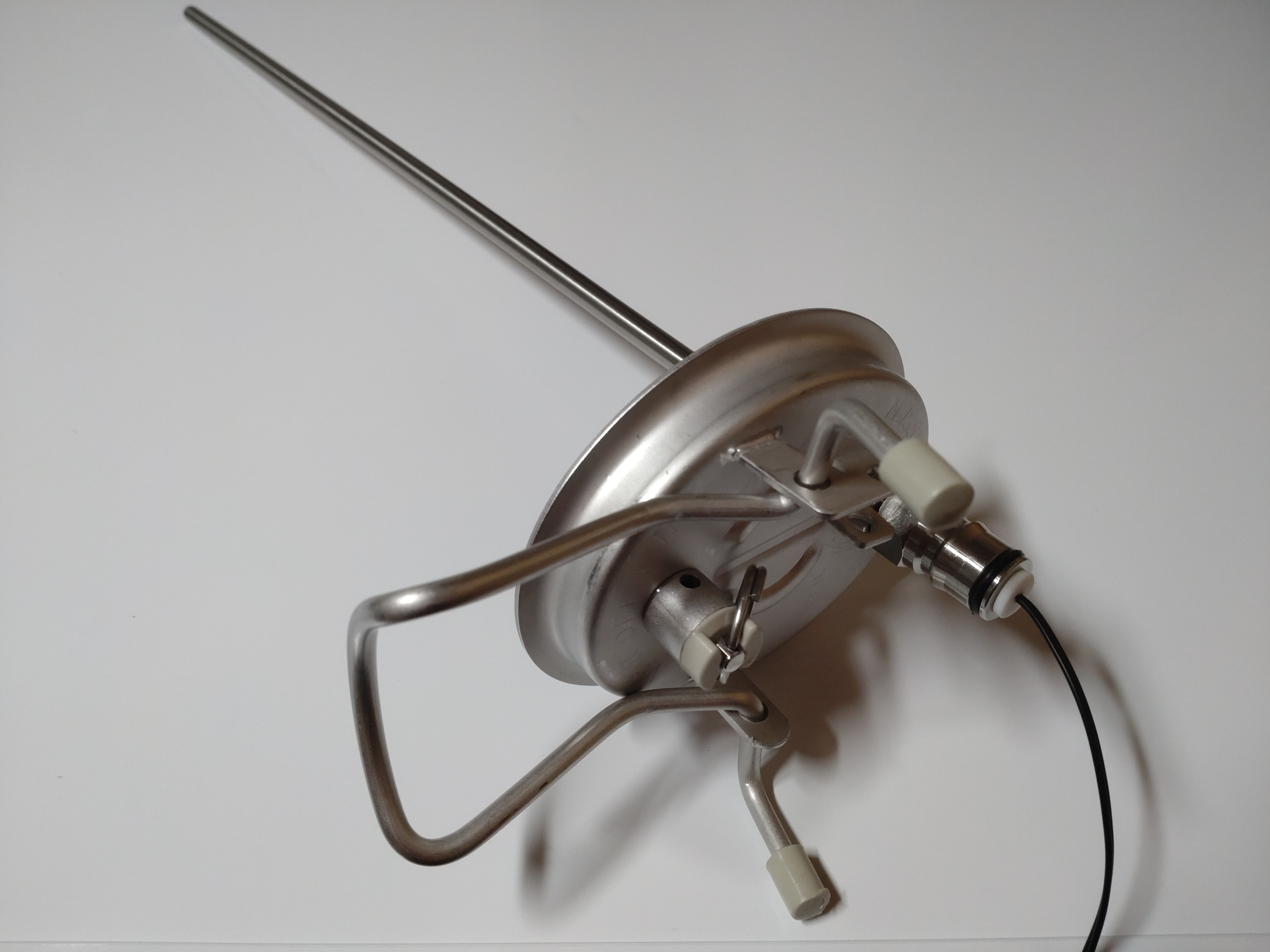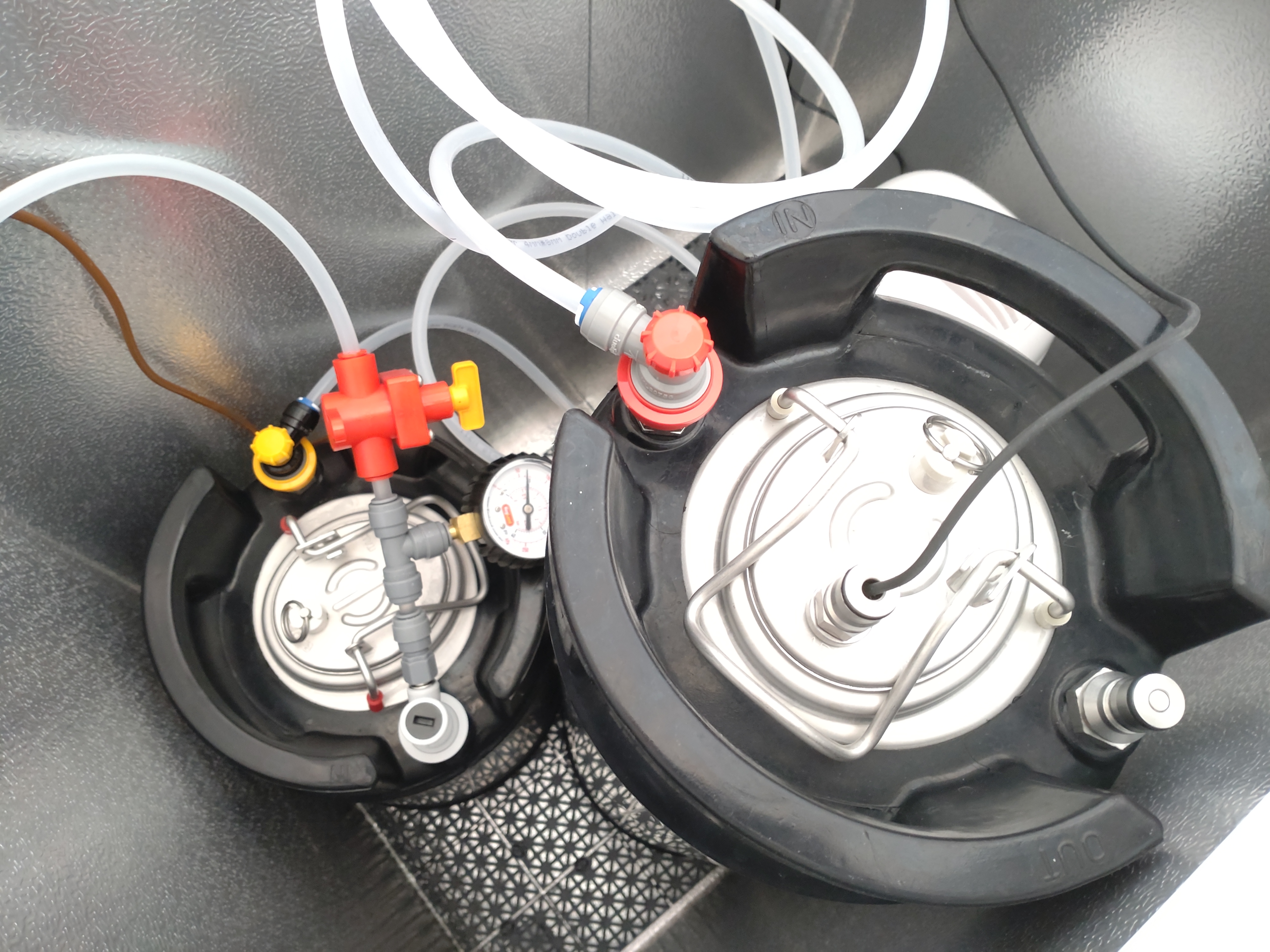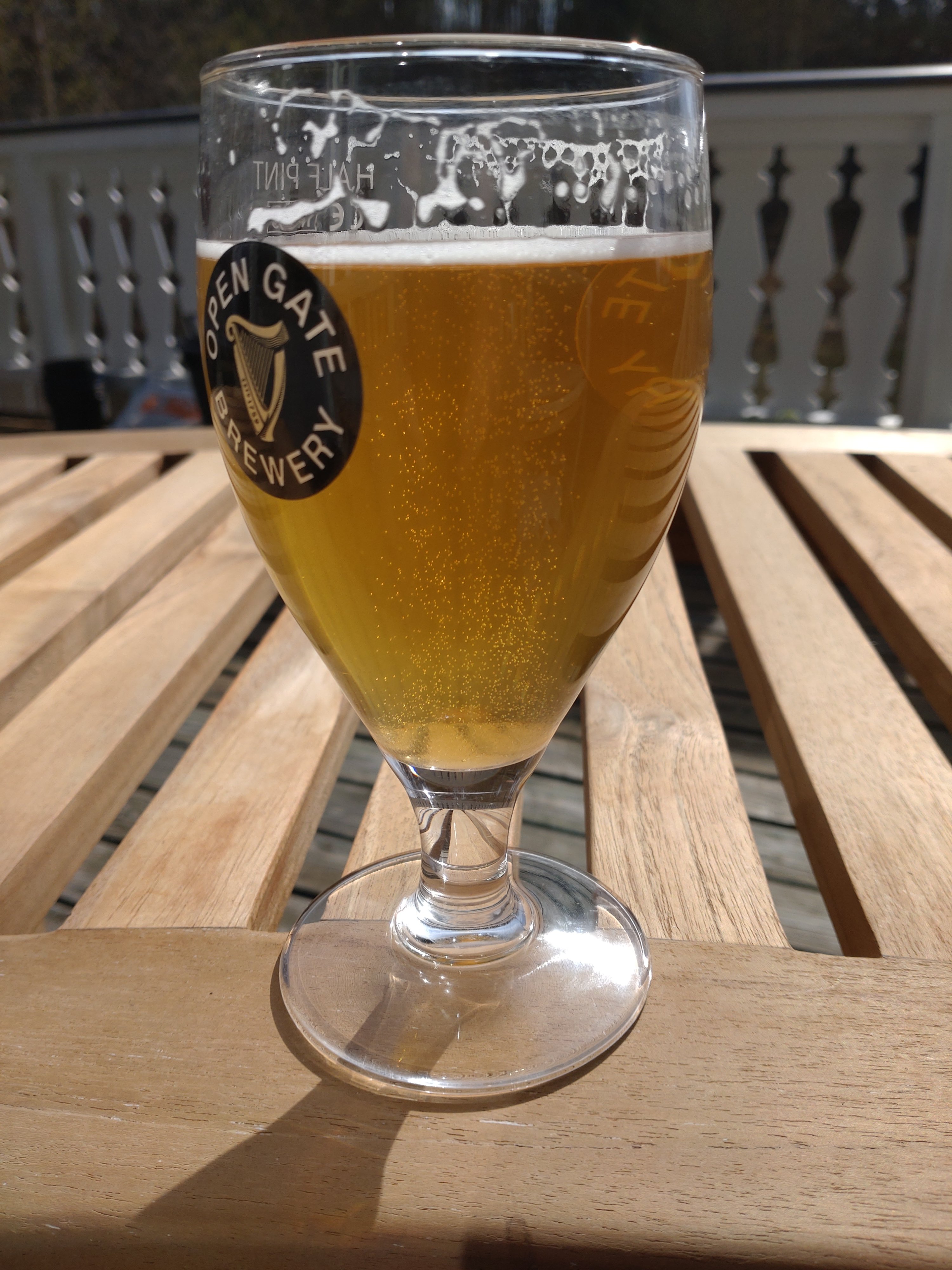Interesting. You don't have any more photos from Nimmo do you?
I've been back from Brazil for a while., And been to Columbia since.
Know someone who holidayed in Columbia and had nothing but praise for the people and the country.
Yes, I do. There were 5 or 6 Brewing books and took about 90 shots. Like many other local breweries at that time, they malted their own, identified by county and graded in bins marked N and F, hops were listed by grower/supplier.
Some of their beers were much darker than the recipes suggest, but have seen no evidence of the colourings they must have used.



























![Craft A Brew - Safale BE-256 Yeast - Fermentis - Belgian Ale Dry Yeast - For Belgian & Strong Ales - Ingredients for Home Brewing - Beer Making Supplies - [3 Pack]](https://m.media-amazon.com/images/I/51bcKEwQmWL._SL500_.jpg)



































